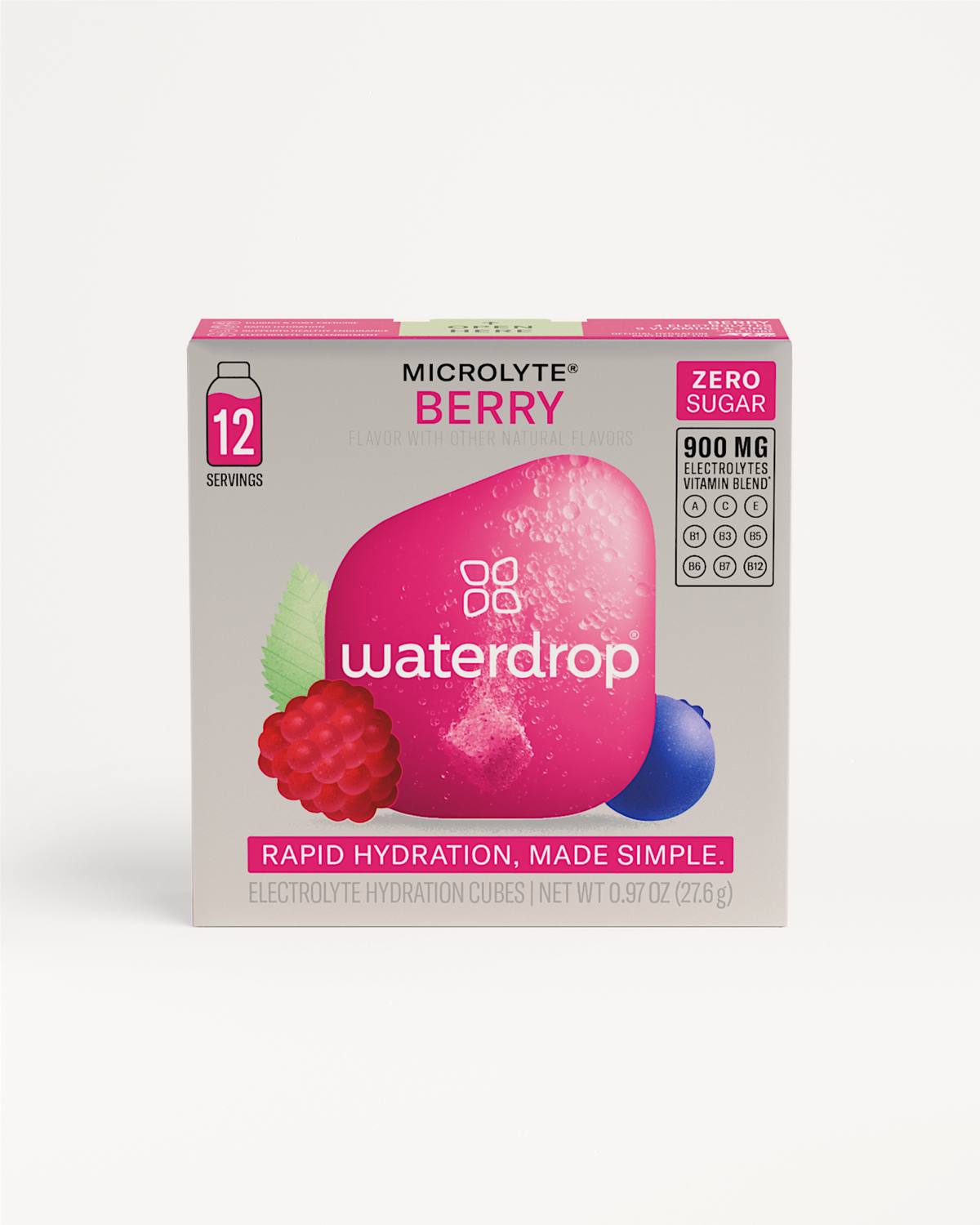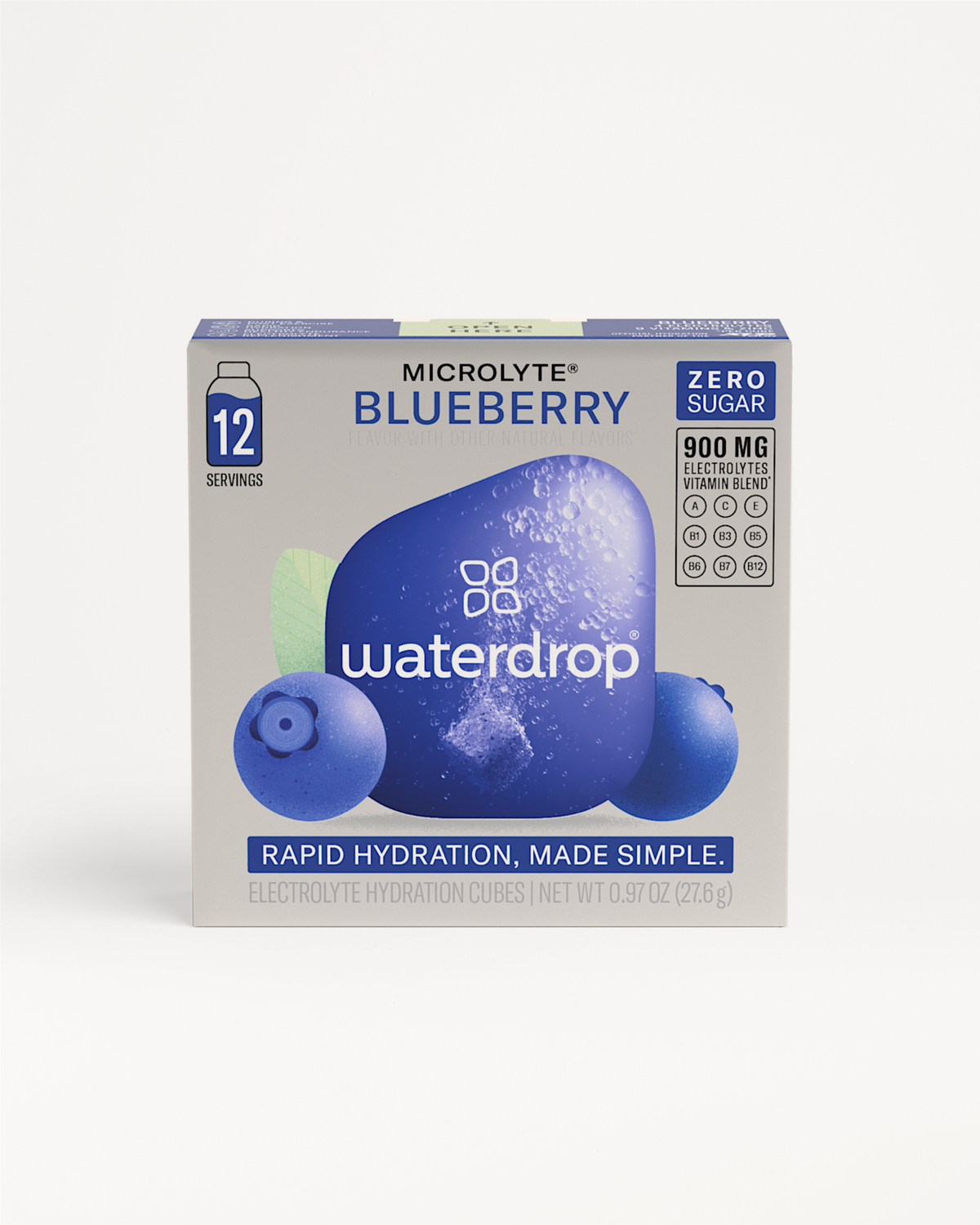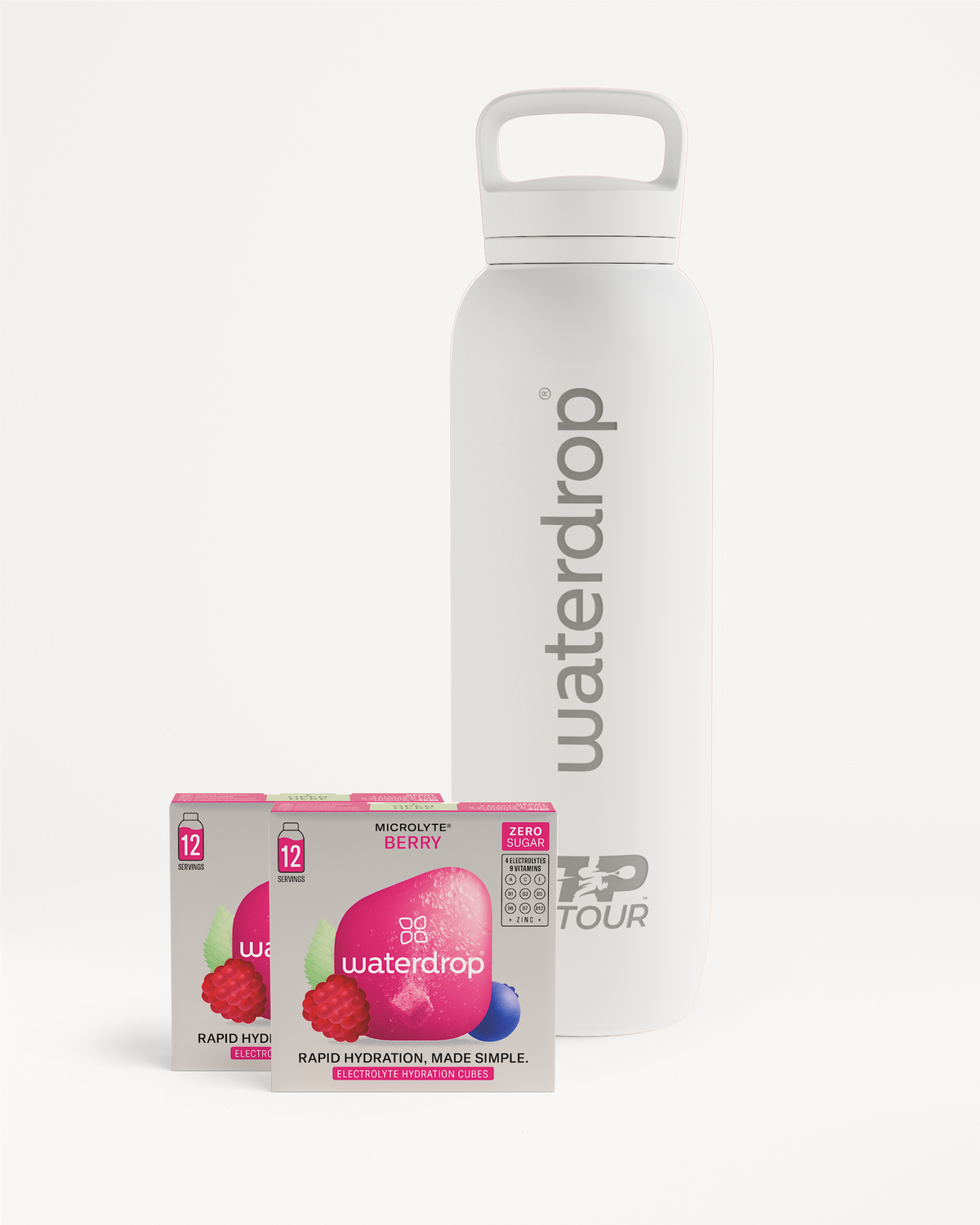It sounds simple. When you exercise, you sweat. When doing intense or prolonged exercise, you sweat more¹. Sweat is made up of water and electrolytes, such as salt, so when exercising, your body gradually depletes its supply of them. Therefore, a sports drink made of water and electrolytes would be a beneficial solution to support both performance and rapid hydration².
Since the 1980s, athletes have been primed to stay ahead of thirst using specially made formulas that have since flourished a market driven by the vast importance of fluid replacement. Years on, and the sports beverage industry has much to offer, but it’s important to understand the three different types of sports energy drinks available: hypotonic, isotonic, and hypertonic.
The main difference between hypotonic, isotonic and hypertonic solutions is that isotonic solutions are solutions having equal osmotic pressures, while hypotonic solutions are solutions having a lower osmotic pressure and hypertonic solutions are solutions with a high osmotic pressure.
Understanding the key differences requires a brief explanation around tonicity³. Simply put, the tonicity of a drink measures the concentration of sugar and salts compared to the concentration found in the human body, mainly in your blood.
What is Hypotonic?
A hypotonic solution is low in tonicity. It has a lower solute concentration of salt and sugars than the blood, and therefore is absorbed at a faster rate⁴.
When a solution, in this case water, has a lower salt and sugar concentrate than the concentration of a cell, for example a red blood cell, the osmotic pressure is lower—osmotic pressure is the pressure required to be applied in order to avoid this solute movement through the semipermeable membrane (a biological or synthetic membrane that allows molecules and ions to pass through). This movement is often referred to as an osmotic flow.
The result of the above is a net movement of water into the cell, causing it to swell and eventually burst (plasmolysis). This explosion of sorts attempts to make the concentration of the cell interior and exterior solutions the same. In this case, the osmotic pressure that needs to be applied in order to stop the movement is less—easier movement at a faster rate.
The need for this net movement is to fulfill a state of equilibrium; every system, in this case the human body, requires balance in order to provision optimal functioning.
Traditionally, salt and sugar work to preserve food by destroying the microorganisms that contribute towards food spoilage; but when looking at a hypotonic solution, and its lower salt and sugar concentration, this type of solution doesn’t help the preservation of food.
Conclusion: hypotonic solution promotes osmotic flow into the cell with low osmotic pressure.
What is Hypertonic?
A hypertonic solution is high in tonicity. It has a higher solute concentration of salt and sugar than the blood⁵.
When compared to a hypotonic solution, a hypertonic one looks at rebalancing the concentration of a cell with its surrounding environment. In this case, the osmotic pressure is higher—because of a higher solute concentration—which enables the solutes to move along a concentration gradient (from high concentration to low concentration). When a solution is hypertonic, this may cause cells to shrink and shrivel—the result of net movement out of the cell via the semipermeable membrane.
Hypertonic solutions are used to preserve food because of their higher solute concentration of salt and sugar⁶. For example, fish is often soaked or packaged in a hypertonic solution to kill microbes that may harbour in the environment that the fish is being kept in. This is because microbe cells have a higher amount of water than solutes when compared to the water content in a hypertonic solution. The lack of water causes the cells to shrink, eventually killing the microbes.
Conclusion: hypertonic solution promotes osmotic flow out of the cell.
What is Isotonic?
The definition of isotonic is a solution that contains the same concentration of water and solutes, for example salt⁷.
If the solute concentrations are equal between the interior of the cell and the surrounding environment, there will be no net gain or loss of water from the cell. Such a situation is called isotonic.
And because of the solute concentrations being equal, such isotonic solutions are not useful for food preservation.
Conclusion: isotonic solution promotes no osmotic flow (because of having equal osmotic pressures).





































